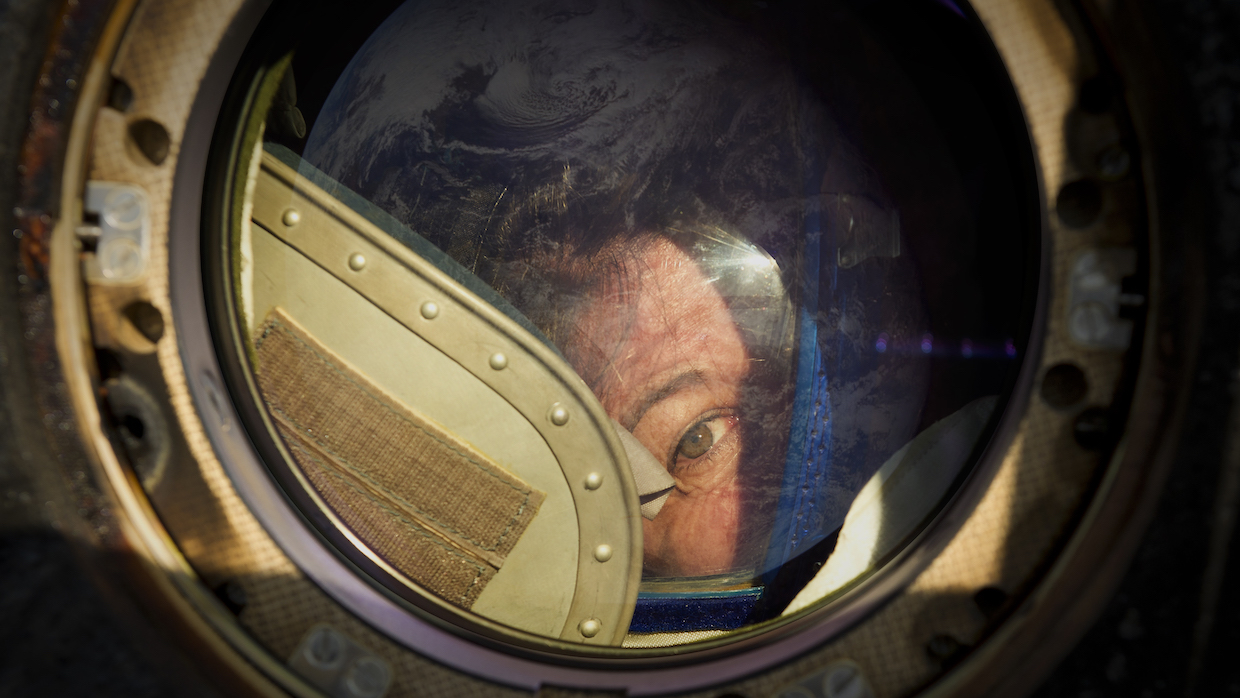 Back to selection
Back to selection
“I Found Out That the Interview Was to Be Broadcast on NASA TV” | Ido Mizrahy, The Longest Goodbye
 The Longest Goodbye. Photo Credit: (NASA/Bill Ingalls)
The Longest Goodbye. Photo Credit: (NASA/Bill Ingalls) Every production faces unexpected obstructions that require creative solutions and conceptual rethinking. What was an unforeseen obstacle, crisis, or simply unpredictable event you had to respond to, and how did this event impact or cause you to rethink your film?
Toward the end of our shoot, I was given the green light to conduct a 20 minute interview with astronaut Kayla Barron—one of our main subjects—while she was on the space station. I don’t think I’ve ever been this nervous about an interview (also, it kinda felt like I was going to space). Following up on an interview I did with her a few weeks before she was deployed, this interview was going to be about personal things Kayla was dealing with while in space. But a few days before our virtual meetup, I found out that the interview was to be broadcast on NASA TV, as well as on the giant screens at mission control, giving us absolutely zero privacy. The folks at Johnson Space Center eventually agreed not to broadcast it on NASA TV, but my giant mug and Kayla were going to grace the screens at mission control if I wanted this interview to move forward. How on Earth was she going to open up about the challenge of leaving her husband on Earth, and other intimate questions, while being monitored by the whole ground team? There was only one thing I could do after huffing and puffing about it—acknowledge that documentaries are made to be seen. None of what I wanted to talk to Kayla about was wrong, just personal. And if I feel strongly about the topic of this story, and if she can answer these questions freely and openly in front of this audience, then this performance could actually be empowering to both of us. And it was.
